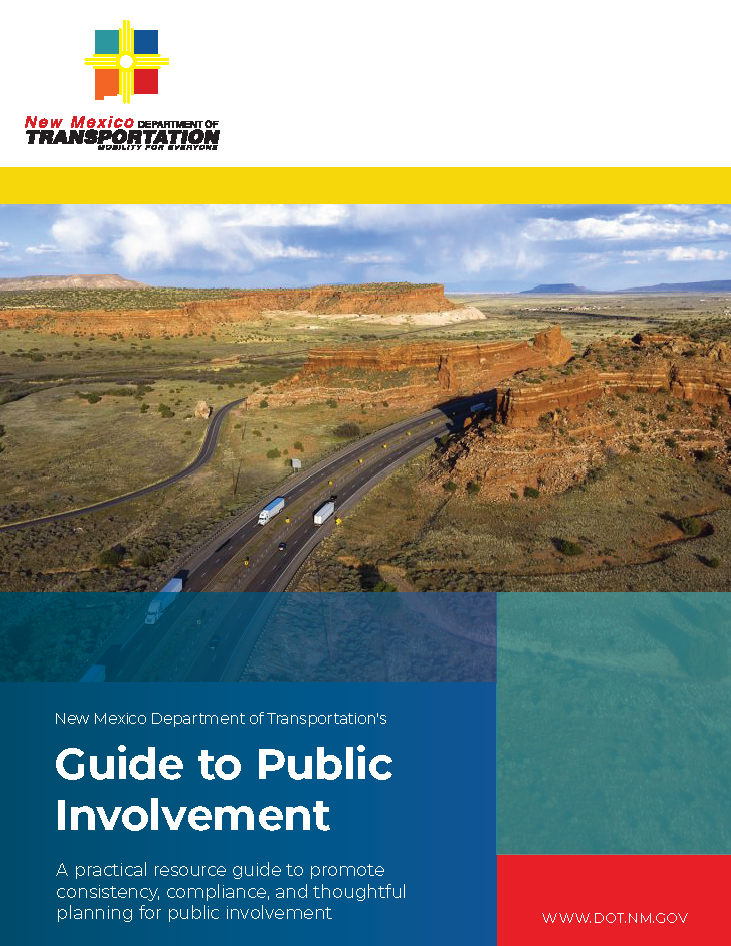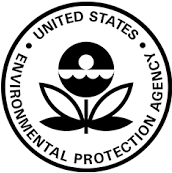Roadside and Community Design Section
NMDOT Roadside and Community Design supports the ecological management of the highway rights-of-way and provides oversight for the continuous public engagement needed in the design development process for upcoming road projects.
We provide specifications and consultations on revegetation, erosion control, stormwater management, and vegetation management. Through the NEPA Public Involvement program we provide oversight in project virtual and in-person engagement and work to ensure that our facilities respect the nature of the landscapes and communities through which they pass.
Context Sensitive Design
Context Sensitive Solutions (CSS) functions within the Environmental Bureau and is an inclusive process where community members help shape transportation projects so that the end results reflect the values and unique character of New Mexico’s cities, towns, and villages.
Projects that involve Context Sensitive Solutions should not only provide for multimodal mobility, access, and safety, but they should also address social issues, enhance the environment, improve aesthetics, promote livability and public health, preserve historic resources, and create lasting value for a community.
Adding contextually appropriate design elements to transportation projects not only beautifies the project area but can also highlight local heritage and natural resources that are important to communities. Aesthetic improvements can include public artwork featuring local artists, landscape design, rock work, and concrete imprinting, texturing and coloring.
Point of Contact:
William Hutchinson, Roadside and Community Design Section Manager
Phone: 505-795-1275
Email: Williams.hutchinson@dot.nm.gov

Public Involvement
Public involvement is a key component of Context Sensitive Solutions. The process should ensure that communication with the public is inclusive, clear, and continuous so that stakeholders can come to a consensus on solutions to a community’s transportation needs. Effective communication with the public provides better solutions to transportation problems.
Point of Contact:
Jennifer Mullins, Roadside and Community Design Section Supervisor and NEPA Public Engagement Specialist
Phone: 505-795-2765
Email: Jennifer.mullins@dot.nm.gov
Stormwater Management
NMDOT’s stormwater management program ensures that projects conform to Environmental Protection Act regulations by helping project managers create Stormwater Pollution Prevention Plans (SWPPP) and obtain National Pollution Discharge Elimination System (NPDES) and Municipal Separate Storm Sew System (MS4) permits. Good stormwater management practices can reduce runoff of from roads and improve water quality by filtering waste and pollution. Green stormwater management can promote the growth of vegetation and create opportunities to increase biodiversity in areas that store and filter stormwater.
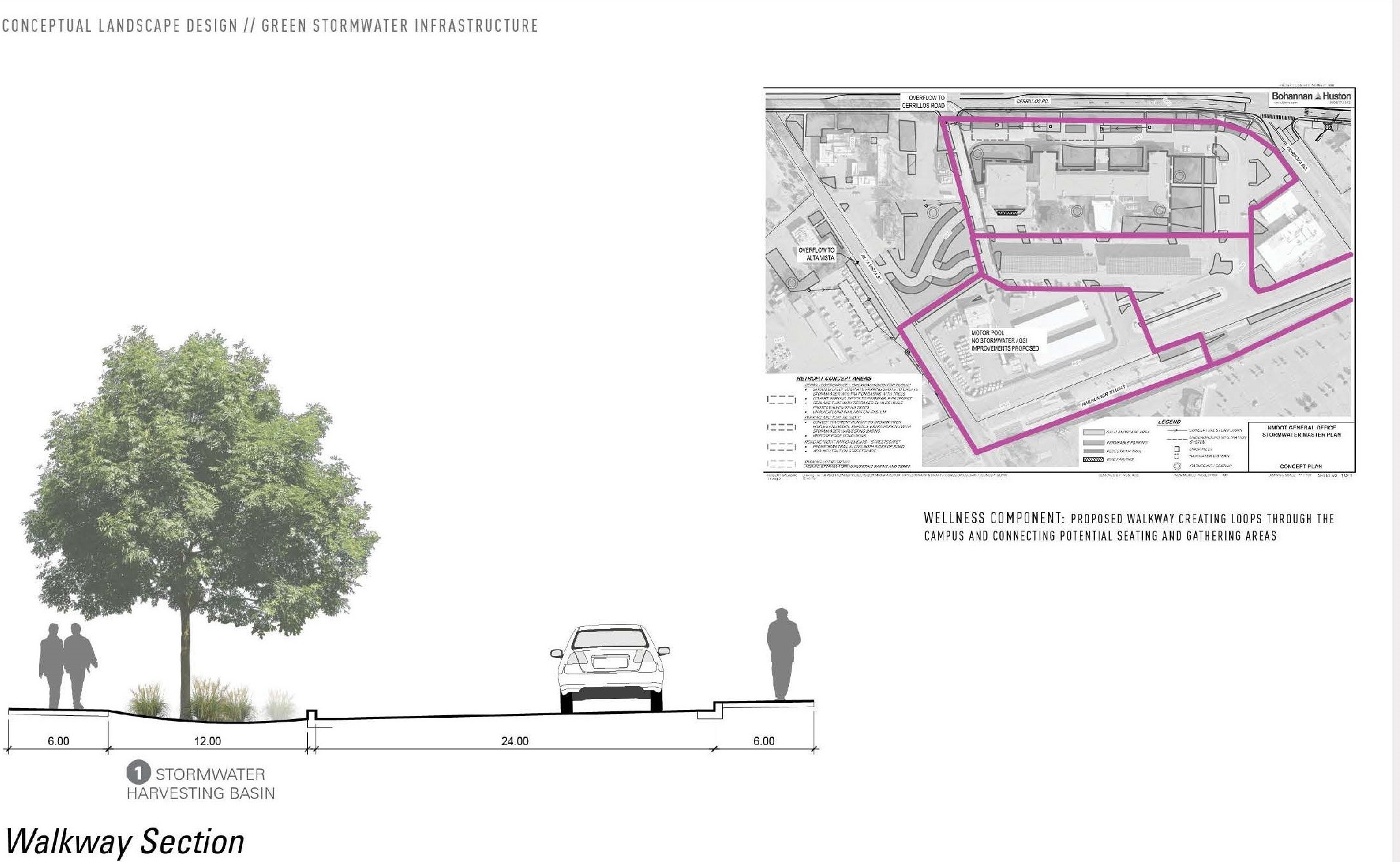

Stormwater Management
NMDOT’s stormwater management program ensures that projects conform to Environmental Protection Act regulations by helping project managers create Stormwater Pollution Prevention Plans (SWPPP) and obtain National Pollution Discharge Elimination System (NPDES) and Municipal Separate Storm Sew System (MS4) permits. Good stormwater management practices can reduce runoff of from roads and improve water quality by filtering waste and pollution. Green stormwater management can promote the growth of vegetation and create opportunities to increase biodiversity in areas that store and filter stormwater.
Point of Contact:
Antonio Griego, Stormwater and MS4 Program Coordinator
Phone: 505-470-4967
Email: NMDOT.IDDE@dot.nm.gov
FINAL NMDOT MS4 REPORTS
The New Mexico Department of Transportation (NMDOT) has final 2023 FY Municipal Separate Storm Sewer System (MS4) Annual Reports for submittal to the United States Environmental Protection Agency (USEPA) as required by the Middle Rio Grande Watershed Based Permit (NMR04A000) and Small MS4 in New Mexico General Permit (NMR040000) for coverage under the National Pollutant Discharge Elimination System (NPDES).
Green Stormwater Infrastructure (GSI) Resources:
NMDOT GSI Maintenance Manual
April 2024
NMDOT GSI Maintenance Field Guide
2024 Edition
NMDOT Erosion & Sediment Control Field Guide
2024 Edition
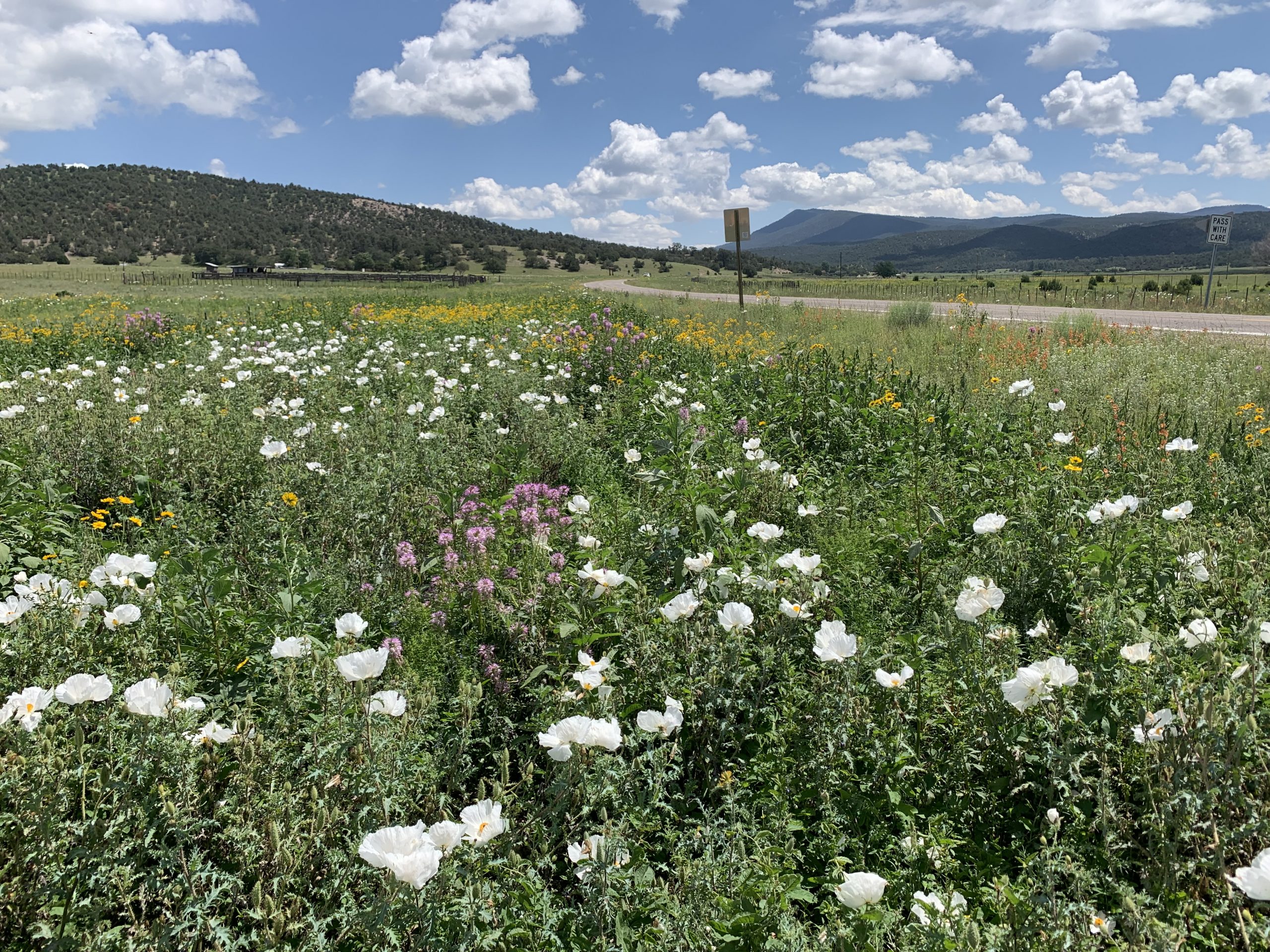
Revegetation and Erosion Control
Erosion control helps prevent infrastructure from being damaged by erosion and helps project managers conform with the Clean Water Act (CWA) by reducing the amount of sediment and pollution that enters waterways. Revegetation is often the best way to prevent erosion in areas along roadways that have been disturbed. In addition to stabilizing soil, revegetation filters pollutants, provides ecosystem services, and can also enhance biodiversity.
Point of Contact:
John Busemeyer, Landscape & Revegetation Specialist
Phone: 505-490-3985
Email: John.Busemeyer@dot.nm.gov
Utility Revegetation
Restoration of the highway right-of-way disturbed by excavations or grading work performed by the facility owner shall include revegetation as specified in the NMDOT Standard Specifications for Highway and Bridge Construction Section 632 ‘Seeding’. This work shall consist of reseeding all areas which are denuded of vegetation during the facility’s construction operations. The reseeding work by the facility owner will be subject to prior approval, inspection and acceptance by the NMDOT district permitting agent or staff. The permitting agent duties shall include but not be limited to: pre-approval of submittal for seeding, pre-seeding meeting, inspections, and acceptance. NMDOT permit agents shall be certified in Section 632 Seeding as per NMDOT training. To reduce maintenance from erosion caused by unprotected soils and the spread of noxious weeds harmful to New Mexico agriculture, areas disturbed by utility work which are larger than .25 acre in size shall follow standard Class A and Class C seeding requirements as per Section 632 ’Seeding’. Areas .25 acre in size or smaller with no minimum square footage shall follow Section 632 ‘Seeding’ requirements for Modified Class A treatment with the following minimum operations: (1) After trenches are backfilled and compacted, soil is to be regraded to establish grades matching adjacent grades. (2) Bare areas are to have NMDOT seed mix for the region evenly applied at twice the normal rate into the top 1/2” of disturbed area so that no seed is exposed when complete. (3) Fertilizer as per 632.2.3 shall be evenly applied as the same time as the seed.
The contractor shall provide the following for revegetation submittal:
- Map or image of area to be reseeded that includes the class of seeding that will be applied and the size of each seeding area.
- List of materials and quantities that will be used for each class of seeding according to the materials calculator table below. All materials must appear on the NMDOT approved products list.
Integrated Vegetation Management
Integrated vegetation management is the process of using appropriate, environmentally sound, and cost-effective treatments to eliminate invasive and undesirable plants and replace them with desirable species. The new vegetation can provide valuable resources to pollinator species, increase biodiversity, and promote ecosystem services.
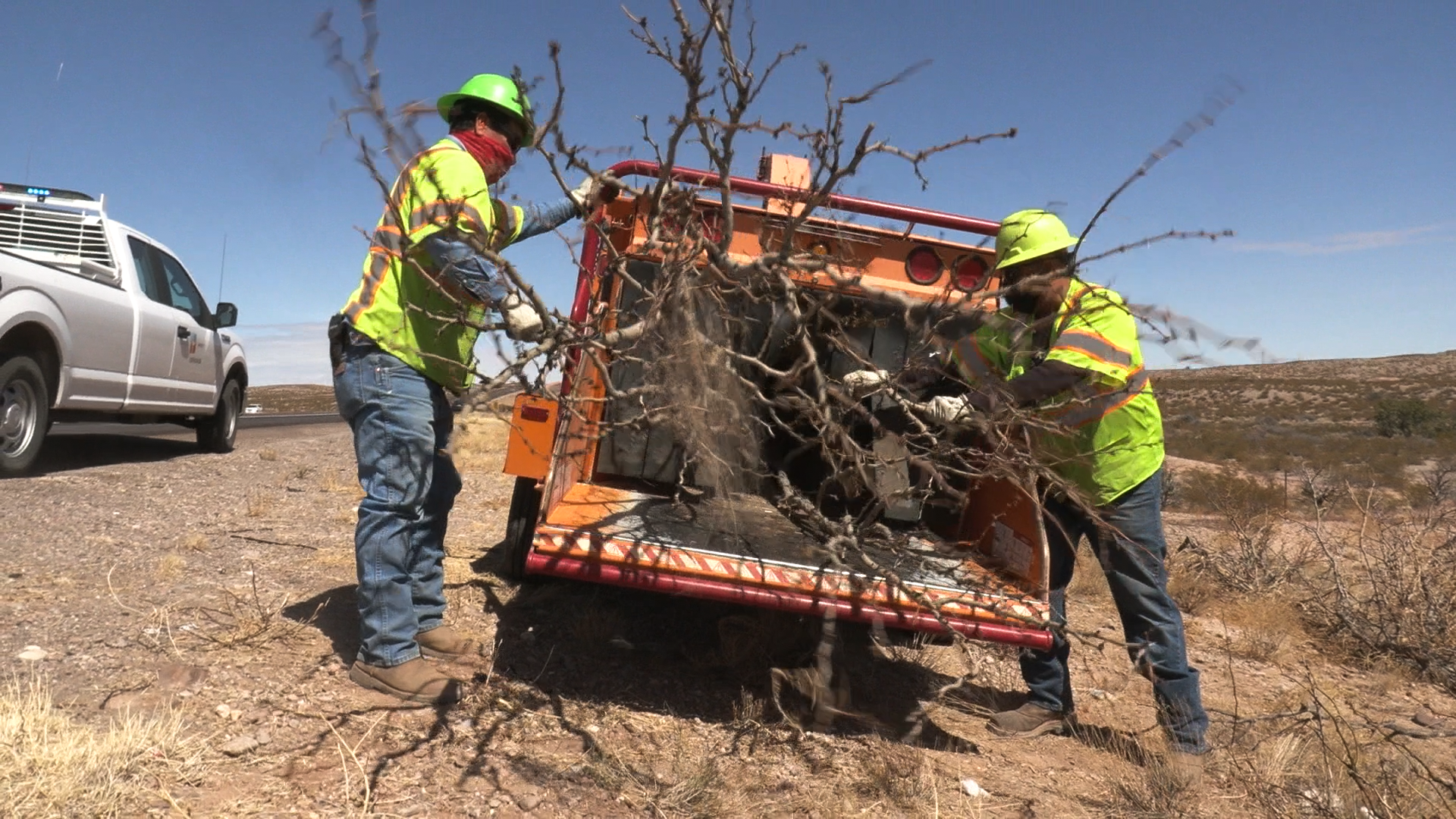

Integrated Vegetation Management
Integrated vegetation management is the process of using appropriate, environmentally sound, and cost-effective treatments to eliminate invasive and undesirable plants and replace them with desirable species. The new vegetation can provide valuable resources to pollinator species, increase biodiversity, and promote ecosystem services.
Section Point of Contact:
William Hutchinson, Roadside and Community Design Section Manager
P.O. Box 1149
1120 Cerrillos Rd., Rm 206
Santa Fe, NM 87504-1149
Phone: 505-795-1275
Email: Williams.hutchinson@dot.nm.gov

